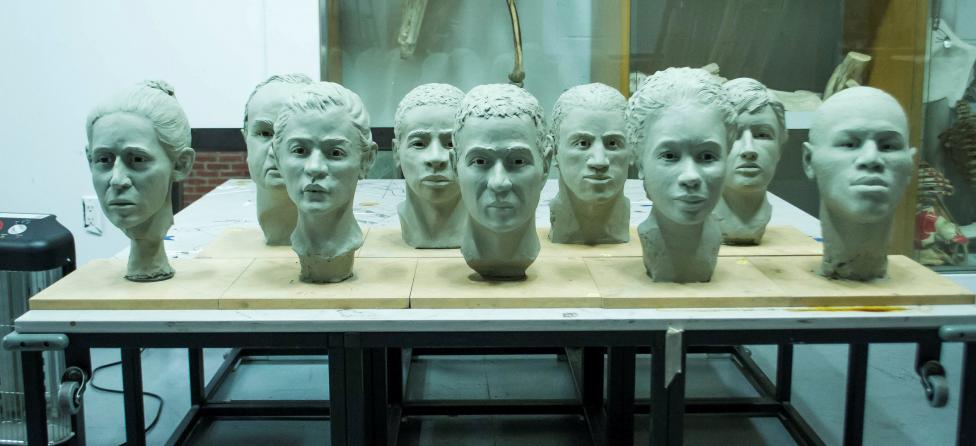When Amy Pekal signed up for the New York Academy of Art to hone her skills as a sculptor, she never thought she would end up assisting in a police investigation.
Yet the 22-year-old Student from Brooklyn and about a dozen of her classmates are doing just that by helping anthropologists at New York City’s Office of Chief Medical Examiner identify nameless corpses that have gone unclaimed, sometimes for decades.
The students participated earlier this year in a five-day forensic sculpture workshop where they used clay to reconstruct faces from the remains of a few of the medical examiner’s backlog of about 1,200 cases, Reuters reported.
“Because of my skill and craft, I’m able to make a job for somebody else easier,” Pekal said.
The hope is that the sculptures will help families claim the remains of their loved ones and bring them closure, Reuters reported.
Pekal, said it was a humbling experience to give “identity back to somebody.”
While the medical examiner’s office has used police sketch artists for years to help with identifications, the collaboration with the New York Academy of Art is the first time it has turned to art students.
Founded in 1982, the small graduate school is known for teaching the techniques of Leonardo da Vinci and other old masters who used anatomical studies to perfect their craft.
This is the second year the school has offered the forensic workshop. Students reconstruct the faces of about two dozen people using 3D images of skulls and the few facts available about ethnicity, sex, age and the like. In modeling the clay, they also draw on their knowledge of tissue depth and other anatomical details.
John Volk, the school’s director of continuing education said the partnership arose from a discussion between Bradley Adams, the medical examiner’s director of anthropology, and Joe Mullins, a forensic imaging specialist who is the workshop’s instructor.
At first, the project looked to be out of the question because it was impractical for the art students to use actual human remains being studied at the medical examiner’s anthropology laboratory, which is also in Lower Manhattan. That changed when the office acquired a 3D printer with the help of a federal grant.


